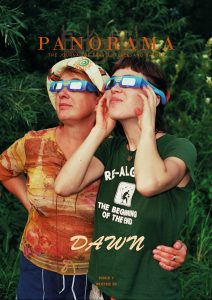Those of us who can afford our own personal space find ourselves in a relatively privileged position. We enjoy the privilege of being able to afford our own private space in which to sleep, to eat in the company of our family, and to indulge in our chosen personal pursuits, hobbies, pastimes, and even vices. Individuals who are not housed conversely, those not fortunate enough to have their own private space, are largely denied such opportunities. They have no option but to live more or less out in the open, out under the public eye in a public space open for everyone to see.
Public space does not belong to any particular social group, let alone any individual. Public space is designed to allow people to circulate around it. The homeless people who live in public spaces do whatever they can to transform it into a private environment for themselves. Their attempts to bring about such a transformation is one reason why the homeless are often considered “undesirable people” by others. If homeless people want to go on living in the public space they must learn to be invisible to others, to exist in such a way as not to intrude into the everyday routines of others.
In the Western world, society offers its members established entitlements to space, formalized in the legal framework and institutions of property. Those without such entitlements thus become less than fully human, as they struggle to find a place where they can symbolically and physically exist.
In recent years the use of public space has become increasingly restricted, with regulations prohibiting certain acts, resulting in the creeping, if unintentional, criminalisation of the homeless.
Restrictions on the use of urban space are targeted at least in part at a variety of street users, whose activities are considered ‘undesirable’ in public space. People engaged in restricted activities are seen as constituting a danger, representing as they do a deviation from the norms of behaviour expected in public spaces. The activities targeted include those frequently associated primarily with homeless people, such as camping or sleeping in public spaces, or bathing there, as well as more overtly antisocial activities involving begging, or the use of drugs or alcohol – all of which may involve the homeless to varying degrees.
The ongoing occupation of space and use of urban furniture by the homeless is seen in my artwork. Here, the homeless are shown in their native surroundings so to speak – primarily, in city centres, where separation between private and public life is not possible, given that both are unavoidably played out in public spaces.
When you are destitute you don’t have the words. You have a sky over your head and earth under your feet. You are hiding your self and you don’t know where to go. Public space is an essential component of the daily life of homeless people, driving their vulnerability and sense of humiliation.
Many migrants feel as if their journey will be over when their feet touch British soil, not realising that the UK is far from being the land of opportunity that they envisioned in their dreams.














